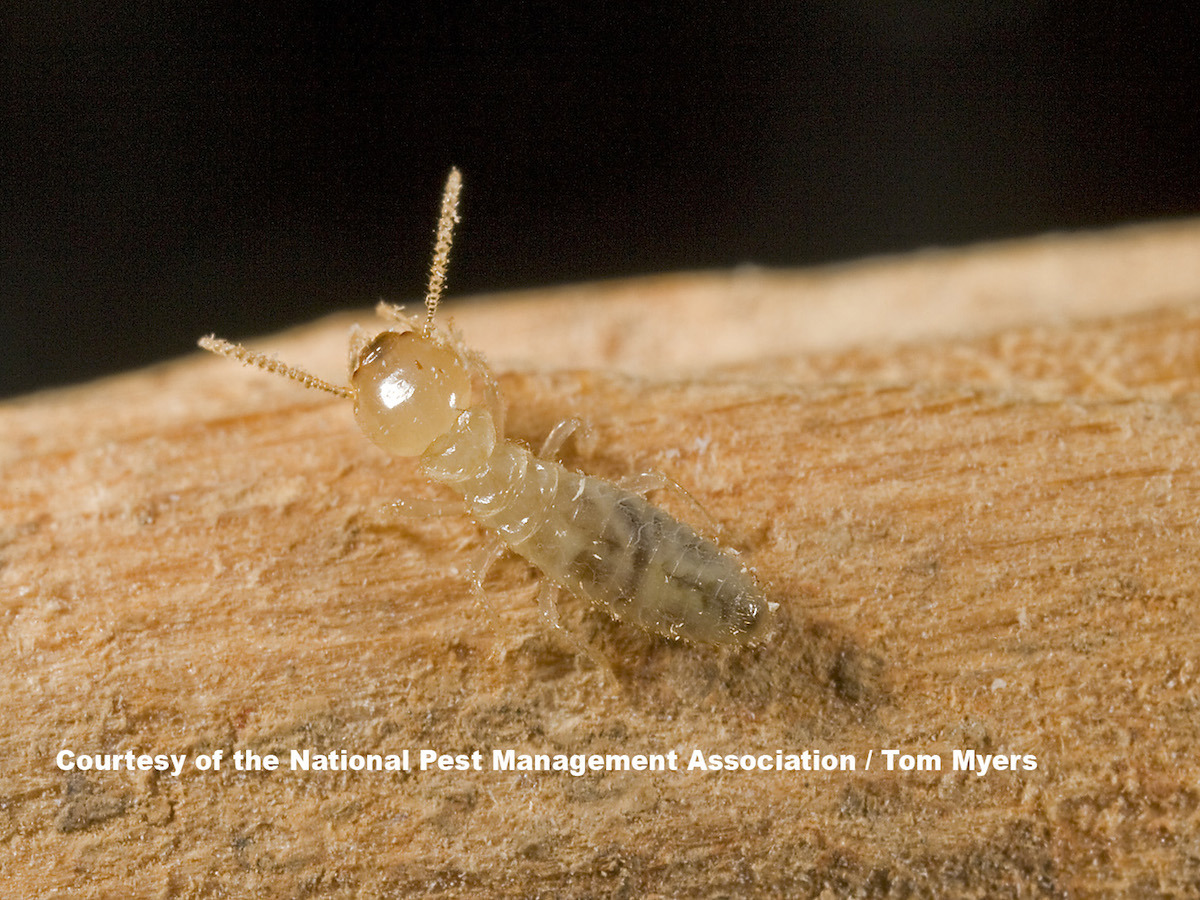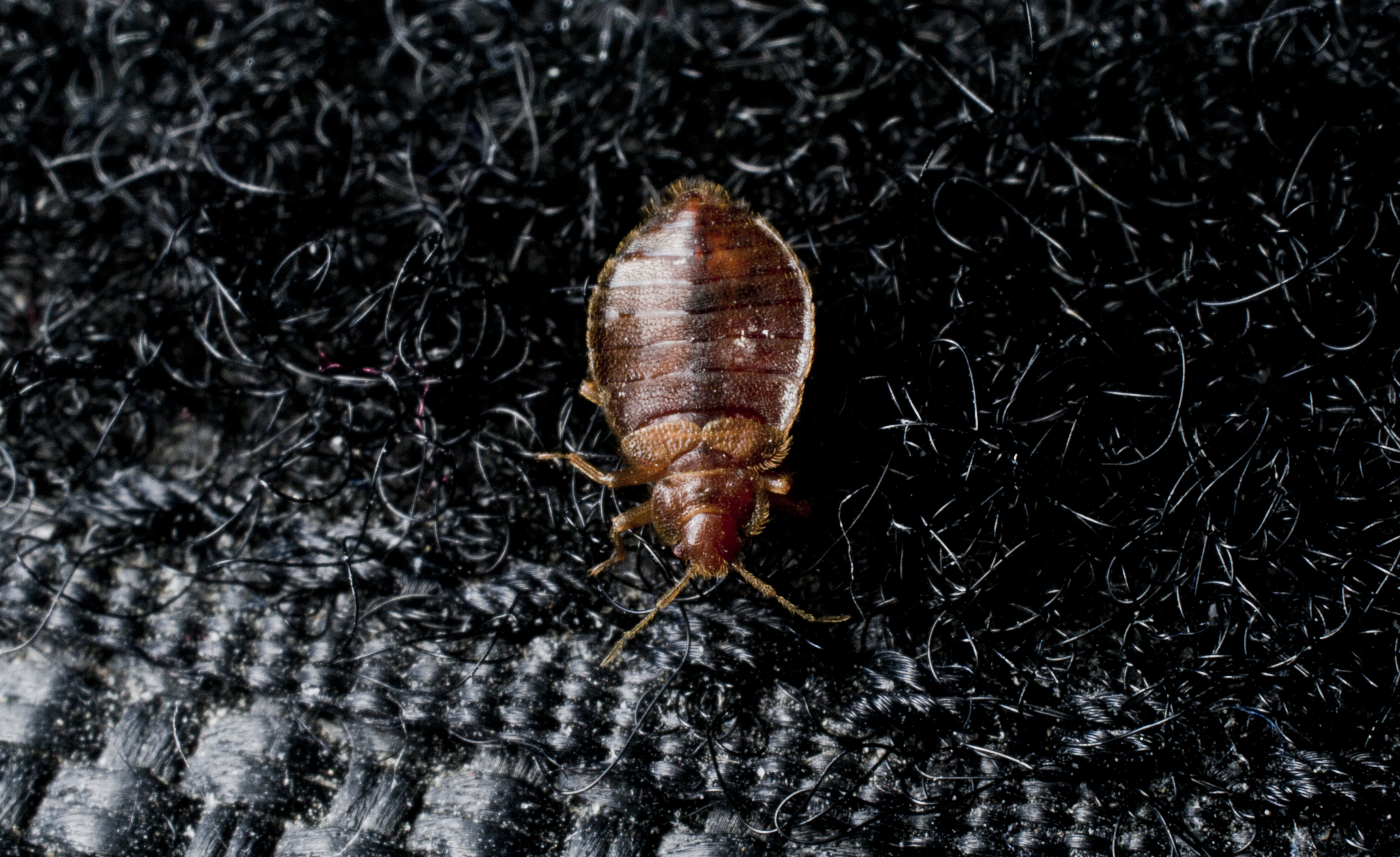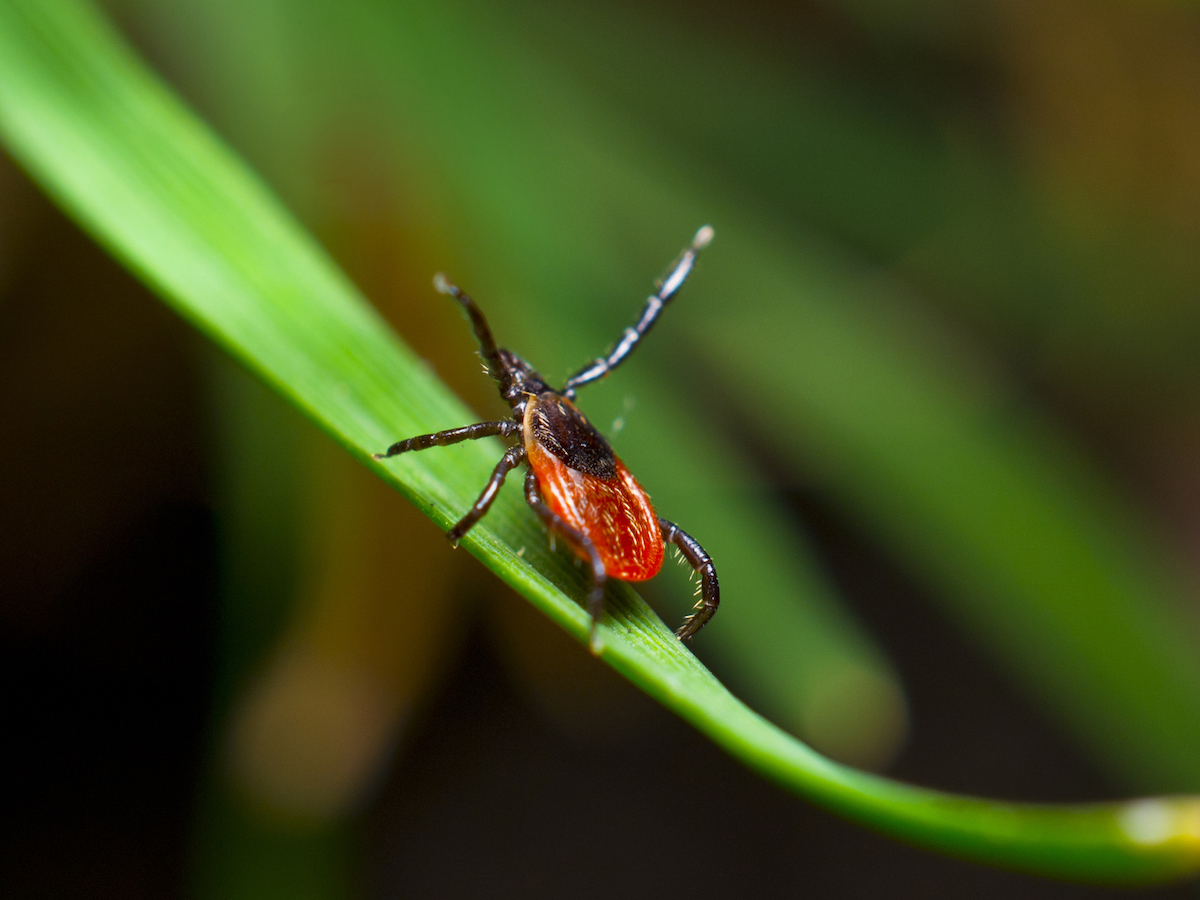Which Common Pests Can Fly? Bed Bugs, Cockroaches, and More
Common pests such as cockroaches are usually seen crawling on the ground, but did you know some species have wings and can fly? There are a variety of pests that can fly and pose an additional risk to your property and health.
Can common household insects fly?
Household pests come in many different varieties, and all of them can cause trouble in their own way. Unfortunately, some can cause damage to your property and carry diseases that can risk the health of you or your family.
Some of the most common insects you may find in your home are bed bugs, cockroaches, ticks, and stink bugs. Some of them can fly, while others cannot. It’s important to know which pests you can find in the air.
Do Cockroaches Fly?

Whether or not a cockroach can fly depends on the species and the age of the cockroach. Nymphs, or the immature stage of cockroaches, are unable to fly, but adults of some species can. The American cockroach, the most common house-infesting major pest in the U.S, has wings and can fly short distances.
On the other hand, the Oriental Cockroach cannot fly.
German cockroaches have wings, but they prefer to run.
Lastly, male Brown Banded Cockroaches have wings, but females’ wings are underdeveloped. These can be found lurking in kitchen cabinets, bathrooms, behind picture frames and other areas high off the ground.
How cockroaches can cause harm
Cockroaches thrive in warm, wet areas including kitchens. There’s a risk of Cockroaches spreading a variety of bacteria including salmonella and viruses like polio if they were to get close to the food you eat.
How to prevent cockroaches.
The best way to reduce the risk of a cockroach infestation is to keep your house clean and tidy as much as possible. Wipe up spills as they happen and look out for crumbs. Additionally, vacuum at least once a week and ventilate crawl spaces regularly to reduce moisture build up.
Can bed bugs fly?

Though they may have wing pads, bed bugs cannot fly. However, bed bugs can end up almost everywhere in your home if you’re not careful. Bed bugs can be picked up almost anywhere people gather, especially hotels, schools, hospitals, and more. Their “hitchhiking” abilities allow them to get almost anywhere without needing wings.
How bed bugs can cause harm.
Bed bugs can infest any part of a home very quickly, not just beds. One of the main signs of bed bugs is bites on your arms and legs. Although they are small, they can become swollen, red and itchy bumps; luckily, they are treatable. It may take a few days for any bites to appear, so it’s important to know the signs of a bed bug infestation before you are bitten.
How to prevent bed bugs.
The key to preventing bed bugs is to make sure they can’t “hitchhike” their way into your home. To do this, avoid placing any bags down when you can. Once you get home, inspect your bag as you unpack it to make sure no bugs have made their way in. If you are staying somewhere like a hotel, be sure to thoroughly inspect the room before you settle in.
Can ticks fly?

Luckily, ticks cannot fly, but they are able to travel by staying in a position called “questing.” This is when they attach to leaves or grass to then attach themselves to someone, this can lead to painful bites or even diseases like Lyme. Although ticks are usually not found inside your home, they can be found in outdoor areas surrounding it.
How ticks can cause harm.
Tick bites are often harmless and don’t cause any symptoms, however, some can cause allergic reactions or carry tick-borne diseases that can cause serious harm if not treated. The most well-known is Lyme’s Disease, but there are others like Tick-Borne Relapsing Fever or Babesiosis. The common denominator of these diseases is that it’s important to take the right precautions and keep ticks away in the first place.
How to prevent tick bites.
If possible, avoid areas where tick bites are known to occur. These are places like deep woods or areas with long grass or other overgrown plants. When unable to avoid these areas, stay on trails whenever possible, wear light-colored clothing that covers as much skin as possible (long pants tucked into socks and long sleeve shirts). Additionally, use a bug repellent containing DEET on your skin, and repellent containing permethrin to clothing to further reduce the risk of tick bites. Upon completion of outdoor activities, thoroughly check yourself, your family, and pets, and remove any ticks that may be found.
Do stink bugs fly?

Yes! 100 percent, stink bugs can fly and are quite good at it. Stink bugs are attracted to warm, sunny areas. So, you can usually find them in windowsills hoping to warm themselves up.
How stink bugs can cause harm.
Stink bugs are not known to cause harm to people or property, and they aren’t known to transmit any diseases. The only thing they are known for is the odor they produce when disturbed. Some people may be sensitive to the allergens that it produces. Stink bugs can infest a home, so make sure to contact a professional if you suspect an infestation.
How to prevent stink bugs.
Homeowners can take several steps to prevent a stink bug infestation in their home. Strategies include sealing cracks around windows, doors, siding, utility pipes, behind chimneys, and underneath the wood fascia and other openings. Stink bugs are attracted to light, so change exterior lighting to less-attractive yellow bulbs or sodium vapor lights to reduce stink bug presence.
If any of these pests have found their way into your home, it’s important to contact a professional for your next steps.

What is a Termite Inspection and Do You Need One?
The answer: YES! This pest can cause significant and costly damage to your home. Read on to find out how.

Bed Bug Pest Guide
Traveling for the holidays this year? Be sure to keep an eye out for bed bugs! Use our Pest Guide to help identify this pest.

NPMA's TickTalk
Check out NPMA's TickTalk.org for information about this pest, including the various species and health threats they pose.
Find a PEST PRO in your area

What is a Termite Inspection and Do You Need One?
The answer: YES! This pest can cause significant and costly damage to your home. Read on to find out how.

Bed Bug Pest Guide
Traveling for the holidays this year? Be sure to keep an eye out for bed bugs! Use our Pest Guide to help identify this pest.

NPMA's TickTalk
Check out NPMA's TickTalk.org for information about this pest, including the various species and health threats they pose.
